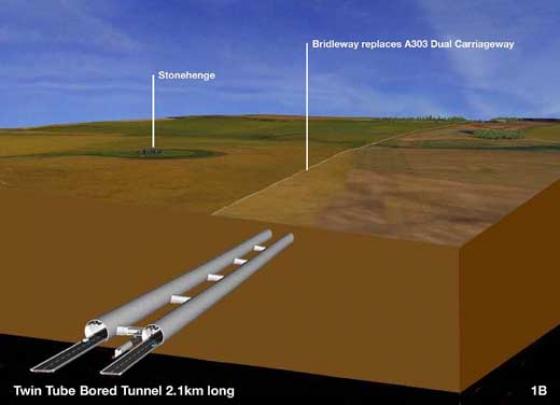>...it's the old 'they couldn't possibly have moved them, because it was ages ago' arguement...<
That's what I thought too.
The rather condescending remarks by the geomorphologist, Dr Brian John, to the effect that he, "... always thought the idea that Bronze Age man had quarried the stones and then taken them so far "stretched credibility." and that, "Much of the archaeology in recent years has been based upon the assumption that Bronze Age man had a reason for transporting bluestones all the way from west Wales to Stonehenge and the technical capacity to do it."* beggars belief.
For heaven's sake, Dr John, if the builders of Stonehenge had the vision and technical capacity to create Stonehenge in the first place they would surely have had the capacity to get the bluestones on site from basically wherever they wanted. Perhaps Dr John needs to visit Silbury and see what people a few thousand years ago were capable of in terms of 'technical capacity'.
* http://news.bbc.co.uk/1/hi/wales/south_west/5072664.stm
